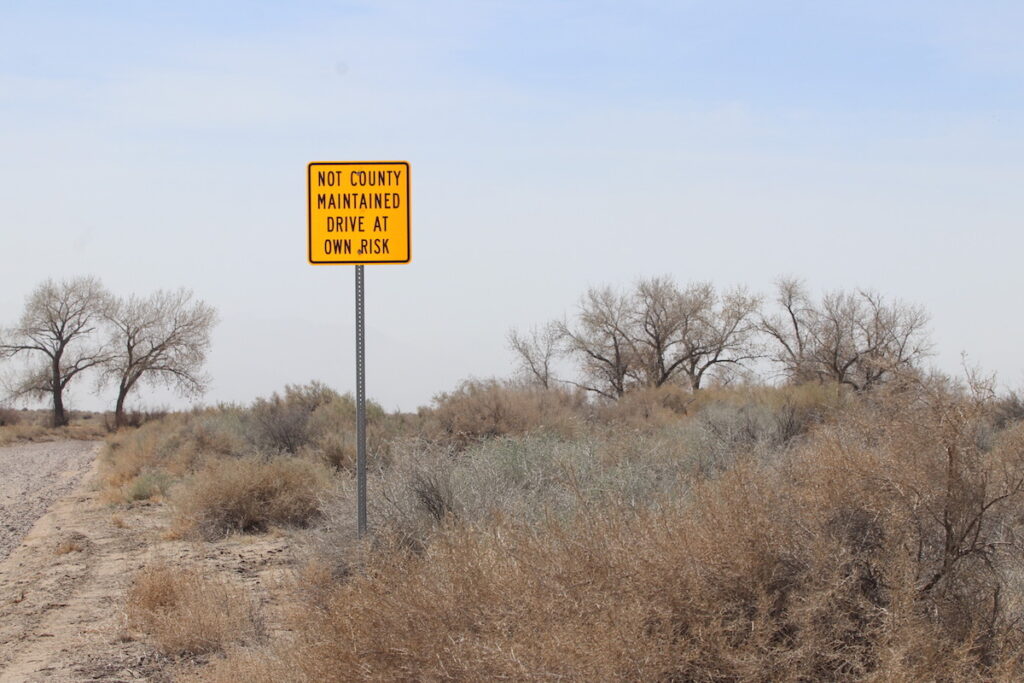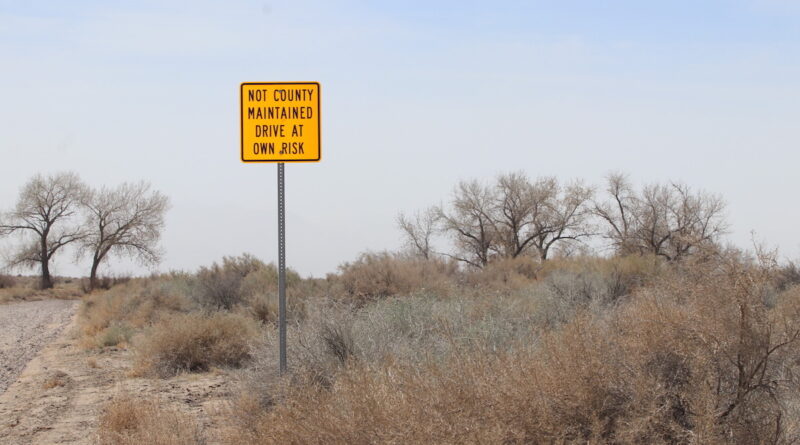Defense act sets up committee for FRTC modernization
Congressional mandate requires a number of representatives from different agencies

By Steve Ranson, Nevada News Group
Despite the 2021 National Defense Authorization Act (NDAA) not including the Fallon Range Training Range modernization plan, the act requires all stakeholders to continue their work on the expansion through a committee.
Before the 116th Congress adjourned on Jan. 3, Congress passed the NDAA on the session’s final day to renew the existing public land withdrawal that is currently used to train aviators and SEALs (Sea, Air, and Land) teams. According to Zip Upham, public affairs officer at Naval Air Station Fallon, the training area includes bombing ranges, ground maneuver areas, an electronic warfare range and 13,000 miles of airspace.
The current FRTC consists of more than 234,124 acres of land within the training areas Bravo-16, southwest of Fallon; Bravo-17 east near Fairview Peak; Bravo-19, 30 miles south off U.S. Highway 95; Bravo-20, northeast of Fallon; and the Dixie Valley and Shoal Site training while allowing more time to discuss the training ranges’ future and the needs of Nevadans affected by the expansion and modernization.
Both the Departments of Interior and Defense, though, are tasked to establish the Intergovernmental Executive Committee (IEC) as mandated by the NDAA to address issues within the modernization. The first meeting for this new committee is April 20 at 4 p.m. and will be streamed over Zoom. The meeting will set up the committee’s charter, elect a chairperson and vice chairperson, and outline the Memorandum of Understanding that will allow the committee to operate.
“The committee is supposed to meet three times a year,” said Capt. Evan Morrison, commanding officer at NAS Fallon. “The intent is to continue dialogue indefinitely, and it doesn’t have an end date.”
The January decision did not include the Navy’s request to expand the range to improve modern warfare capabilities. The current request included a withdrawal of an additional 604,789 acres of additional public land and an acquisition of about 65,160 acres of non-federal land for the range modernization and expansion.
During previous presentations on the FRTC modernization, Morrison said 10 percent of aviation and naval special warfare units train at Fallon before deploying. He said with the advanced weaponry, more air space is needed to launch missiles toward their targets, and SEALs need additional land at Bravo 16 southwest of Fallon to conduct more realistic worldwide training.
Morrison, who took command of NAS Fallon in 2019, said pilots need at least 12 to 14 miles to launch their missiles toward targets, and a larger range will provide 99.9 percent accuracy. Because of the advancement in weapons systems and technology, he said the current size of the Navy ranges curtails training.
The plan to modernize and expand the range began under the Obama Administration, and the Navy presented its plan in late 2016. After dozens of hearings and presentations, a number of issues remain, especially with tribal concerns. At a January 2020 public hearing in Fallon, Amber Torres, chairwoman of the Walker River Paiute Tribe in Schurz, said the tribe would like to support the range modernization and partners with the Navy, but she said issues to resolve currently remain.
Torres said at the comment session the final Environmental Impact Statement fails to address the impact the training-range expansion will cause to tribal land. She also cited social and economic impacts to the residents and sacred sites.
“Tribal concerns will certainly be addressed by the IEC, and our tribal partners are a critical part of the process,” Morrison said. “NAS Fallon has hired a tribal liaison and a tribal coordinator as part of my staff to help communicate more effectively with all of Nevada’s tribes.”
The IEC will include representatives from the following tribes: Fallon Paiute-Shoshone, Walker River Paiute, Pyramid Lake Paiute, Yomba Shoshone, Lovelock Paiute and other Northern Nevada tribes as directed by the congressional legislation.
Other members from government entities include the Bureau of Land Management, several State of Nevada agencies and the counties the FRTC borders (Churchill, Lyon, Pershing, Mineral and Nye). The FRTC, though, covers more training land in Churchill County, which elected two new commissioners in November. Morrison said NAS Fallon has hosted Commissioners Justin Heath and Greg Koenig for familiarization briefings that include the range modernization.
“Because much of the airspace, and a large part of the proposed impact areas are within Churchill County, the local government will be a primary stakeholder and member of the IEC,” said Rob Rule, NAS Fallon’s community plans and liaison officer. “Exchanging ideas and addressing policy and land-use issues will be important to both the county and the Navy.”
Rule said the tribal governments will be important in forming an effective advisory board.
Upham said the IEC will exchange ideas regarding natural and cultural resources and balance the Navy training requirements with multiple access to the public lands.
“The Navy requirements are what have driven the proposal, and they have not changed,” Rule added. “The need to be able to address current and future national security threats has not diminished. The IEC should call attention to the military need, as well as all of the important needs of all the committee members.”
Rule said the state and counties have concerns that the Navy is attempting to address, and this will be done in its Record of Decision and through the IEC process.




